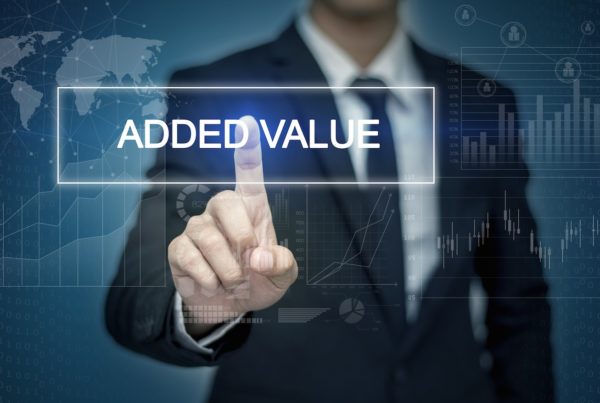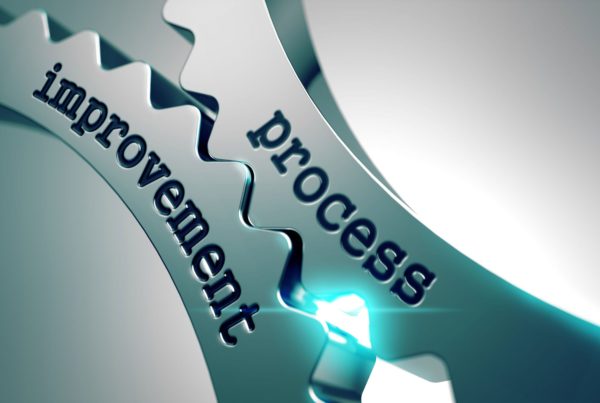By Marilouise Muller
The first step in transforming your business into a sustainable lean organization, is to change your leadership style. Lean leaders are not hidden in their offices or boardrooms; they lead from where the action happens. In Lean Management this is referred to as ‘Gemba’. Lean Executives know that the only way to truly understand what is happening is to be in the place where the action occurs.
In addition to being visible and present, a lean leader will demonstrate the following 6 principals of Lean Management to their teams:
- Customer Intimacy– In Lean Management, value is defined by the customer. Therefore, you will need to anticipate what will thrill your customers. To do this, you must have intimate knowledge of what the customers want, need and value. Accordingly, you will need to know how your organization can satisfy the customers’ demands
- Team Development–An effective Lean Leader will use open ended questions to guide problem solving with their team. To enable you to ask open ended questions, it is essential for you to:
- Select the right problems: the only problems that are worth solving are ones that will add value to your customers.
- Dig to find the root causes of issues: using Lean Principals get to the root cause of a problem by asking the question Why? ….five times.
- Adopt a Continuous Improvement Mindset – Lean Leaders will never be satisfied with the answer, “That’s the way it’s always been done.’” Remember what delights the customer today will become a necessity tomorrow. Your customers are constantly evolving, it is essential that you are constantly questioning the status quo and challenging your team to find a better way to create and deliver value to the customer.
- Results Focused – Lean Leaders will assist their team in highlighting the processes that will add value to the customer. These leaders will also determine the measurements that are critical to defining value in the eyes of the customer. This will ensure a proactive approach is taken to identify inconsistencies or problems early on.
- Understand the Value Stream – The value stream is defined as the process that your product or service undertakes from the beginning through to the customer. It is larger than the processes in your department, it can include suppliers and distributors that will also impact the product or service that you provide. Lean Leaders will examine the entire process even if it extends past their span of control.
- Sustain Improvement – Improvement efforts should be celebrated and then made the norm. The ‘old’ way of doing things will be removed and targets increased. This will burn the bridge and prevent employees from returning to the past. Lean Leaders will retain their credibility by implementing improvements that people within the organization adopt.
Executives who incorporate these behaviors into their day are well on their way to creating a Lean Organization.








